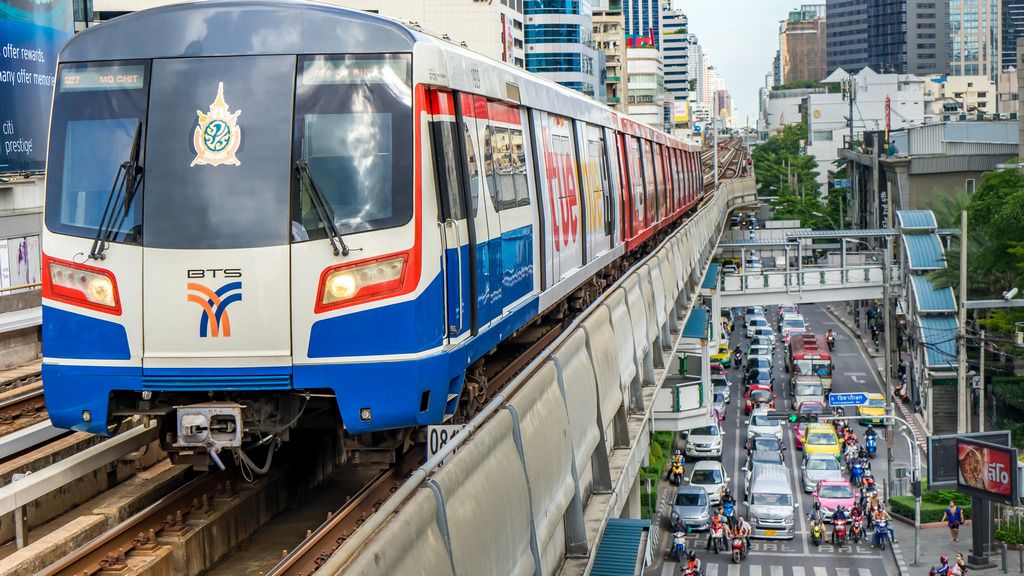ASEAN Identifies 15 Priority Projects in Mekong Countries
The Association of Southeast Asian Nations (ASEAN) have identified 19 priority infrastructure projects to enhance regional connectivity and mobilize investments. Fifteen of the projects are in the Greater Mekong Subregion.


